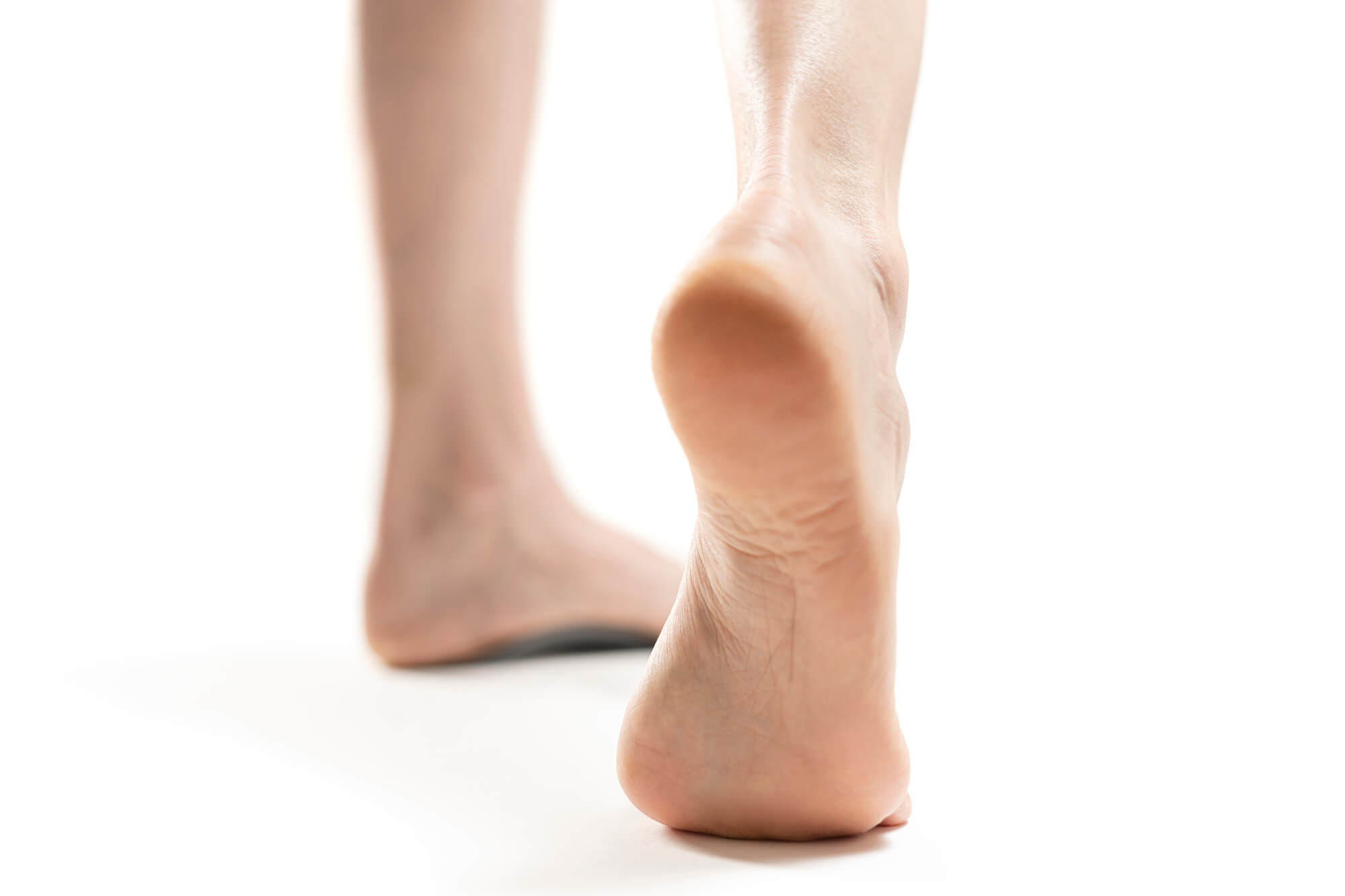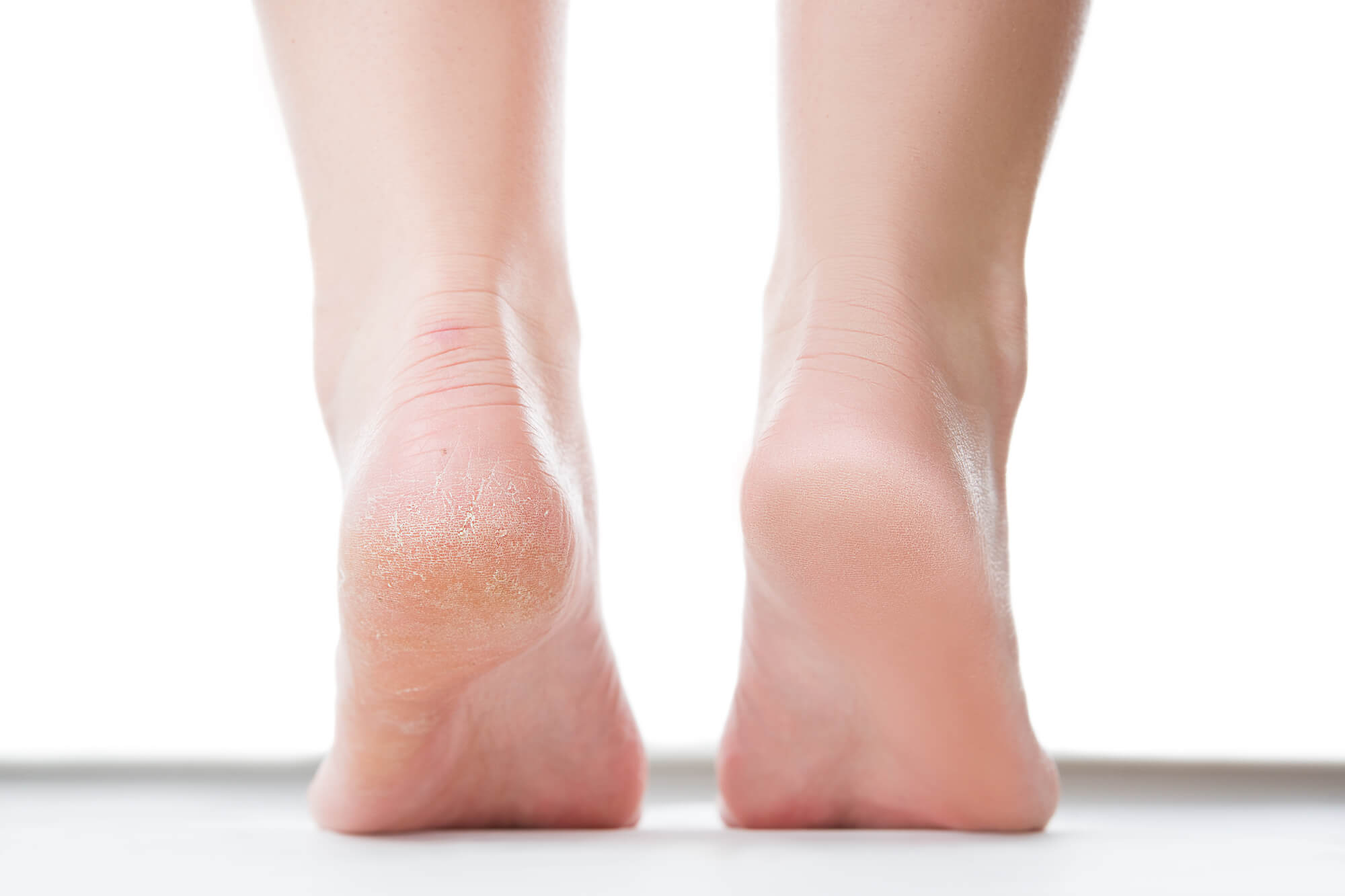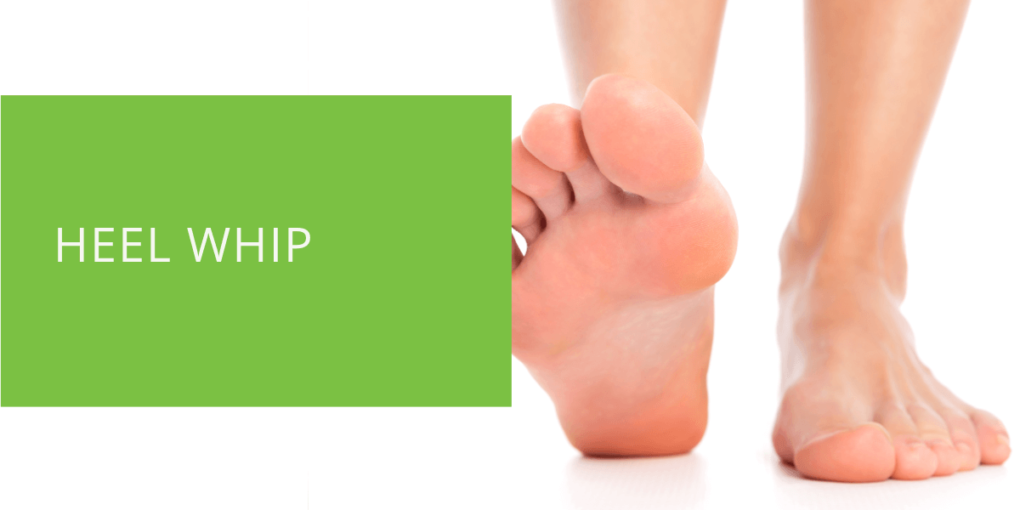Understanding Heel Whip: Causes, Effects, and Solutions
In the world of running, every stride matters. From the moment your foot hits the ground to the instant it propels you forward, the intricacies of your gait can significantly impact your performance and overall health. One common issue that many runners face is heel whip, a biomechanical phenomenon that can lead to various injuries if left unaddressed. In this article, we delve into the details of heel whips, exploring their causes, effects, and solutions to help you run confidently and minimize the risk of injury.
Key Takeaways
- Heel whip, characterized by an outward swinging motion of the heel during running, can lead to various injuries and hinder performance.
- Biomechanical factors, footwear choices, and training errors can contribute to heel whip, emphasizing the importance of addressing these issues through targeted interventions.
- By incorporating rehabilitation exercises, proper footwear selection, and gait analysis into their routine, runners can mitigate the risk of heel whip, optimize their running mechanics, and prevent injuries.
What is Heel Whip?
Defining Heel Whip
Heel whip, also known as lateral heel whip, refers to an abnormal movement pattern during the stance phase of running where the heel of the foot swings outward, away from the body's midline, before returning to its normal position. This deviation from the ideal gait pattern can disrupt the efficiency of your stride and increase the likelihood of injury.
Identifying Heel Whip in Runners
Recognizing heel whip in yourself or others can be challenging without proper observation. During the stance phase of running, pay attention to the path of the heel as it moves through the gait cycle. A noticeable outward swing of the heel, especially in the initial contact and midstance phases, may indicate the presence of a heel whip.
Understanding the Mechanism of Heel Whip
Heel whip typically occurs due to imbalances or dysfunctions in the lower extremities' muscles, joints, or connective tissues. Factors such as inadequate flexibility, weakness in certain muscle groups, or faulty running mechanics can contribute to this abnormal movement pattern.
The Impact of Heel Whip on Runners
Potential Injuries Caused by Heel Whip
Heel whip can predispose runners to various injuries, including stress fractures, plantar fasciitis, and Achilles tendonitis. The repetitive stress placed on the foot and ankle joints due to the abnormal movement pattern can lead to overuse injuries and chronic pain.
Recognizing Symptoms of Heel Whip
Runners experiencing heel whip may notice symptoms such as lateral foot pain, discomfort along the heel's outer edge, or instability during the stance phase of running. Additionally, recurrent injuries or persistent running pain may indicate an underlying gait abnormality, such as heel whip.
Effects on Running Performance
In addition to increasing the risk of injury, heel whip can compromise running performance. The inefficient movement pattern can diminish propulsion and reduce stride length, slowing your pace and limiting your endurance.

Causes of Heel Whip
Biomechanical Factors
Several biomechanical factors can contribute to the development of heel whip, including muscle imbalances, restricted range of motion in the ankle or hip joints, and abnormalities in foot structure, such as excessive pronation or supination.
Footwear Influence
Ill-fitting or inappropriate footwear can exacerbate heel whip by altering the foot's biomechanics and impeding proper gait mechanics. Choosing shoes with adequate support, cushioning, and stability is essential for mitigating the risk of heel whip.
Training Errors
Overtraining, sudden increases in mileage or intensity, and improper running technique can all contribute to the onset of heel whip. It's crucial for runners to gradually progress their training, incorporate rest days, and focus on proper running form to prevent gait abnormalities like heel whip.
Differentiating Between Medial and Lateral Heel Whip
Medial Heel Whip: Causes and Effects
Medial heel whip, or inward heel whip, involves an inward swinging motion of the heel towards the body's midline during the stance phase of running. This deviation from the normal gait pattern can result from factors such as hip external rotation, tibial internal rotation, or forefoot varus.
Lateral Heel Whip: Causes and Effects
Lateral heel whip, the focus of this article, refers to an outward swinging motion of the heel away from the body's midline. It often stems from weaknesses in the hip abductors, inadequate hip extension, or restricted range of motion in the pelvis or tibia.
Recognizing Medial and Lateral Heel Whips in Runners
Differentiating between medial and lateral heel whip requires careful observation of the runner's gait pattern from various angles. Video analysis, treadmill assessments, and gait analysis conducted by a qualified professional can help identify the specific type of heel whip and its underlying causes.
Fixing Heel Whip: Strategies and Solutions
Rehabilitation Exercises
Targeted strength and flexibility exercises can help address muscle imbalances and improve gait mechanics associated with heel whip. Exercises focusing on hip abduction, external rotation, extension, and ankle dorsiflexion and inversion can enhance stability and alignment during running.
Footwear Recommendations
Choosing the right footwear is essential for supporting proper foot mechanics and minimizing the risk of heel whip. Runners should opt for shoes with adequate cushioning, arch support, and stability features tailored to their foot type and running style.
Gait Analysis and Correction Techniques
Undergoing a comprehensive gait analysis can provide valuable insights into the underlying causes of heel whip and guide targeted interventions. From identifying biomechanical imbalances to implementing corrective strategies, gait analysis can help runners optimize their running form and reduce the risk of injury.

Preventing Heel Whip
Proper Warm-up and Cool-down
Incorporating dynamic warm-up exercises and static stretching into your pre- and post-run routine can improve flexibility, mobility, and muscle activation, reducing the likelihood of gait abnormalities like heel whip.
Strength and Flexibility Training
Regular strength training focusing on the lower extremities, core, and hip muscles can enhance stability, balance, and alignment during running, minimizing the risk of biomechanical issues such as heel whip. Additionally, incorporating flexibility exercises targeting the calves, hamstrings, and hip flexors can improve the range of motion and prevent stiffness.
Technique Correction and Coaching
Working with a qualified running coach or physical therapist can help refine your running technique and address any underlying gait abnormalities contributing to heel whip. From analyzing your stride mechanics to providing personalized feedback and guidance, professional coaching can help you optimize your running form and reduce the risk of injury.
Conclusion
Heel whip is a common yet often overlooked issue that can significantly impact a runner's performance and predispose them to various injuries. By understanding the causes, effects, and solutions of heel whip, runners can take proactive steps to address this biomechanical phenomenon and minimize the risk of injury. At ePodiatrists, we specialize in diagnosing and treating gait abnormalities, including heel whip. Our experienced podiatrists are dedicated to helping runners optimize their running mechanics, prevent injuries, and achieve their performance goals. Schedule an appointment today to receive personalized care and guidance for all your foot and ankle needs.
Remember, running should be enjoyable and rewarding, and with the right approach to injury prevention and gait optimization, you can run with confidence and comfort for years to come.

